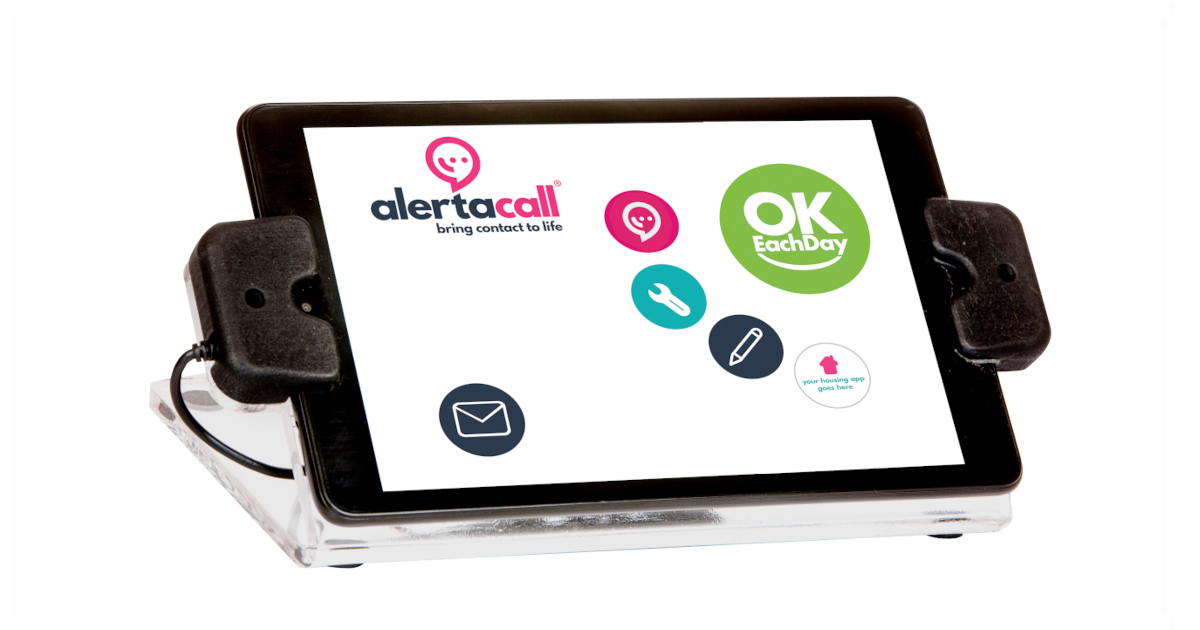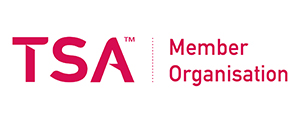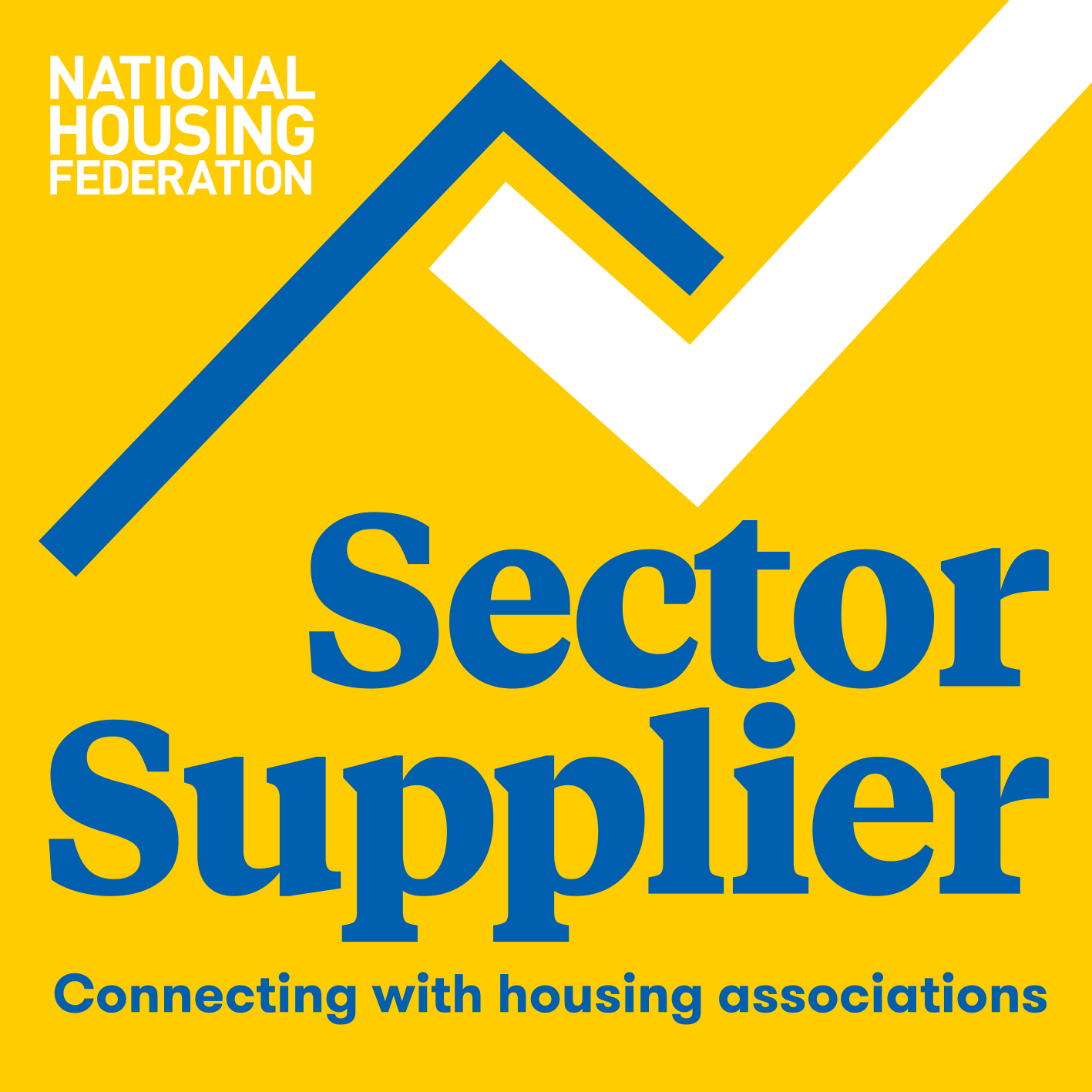News from Alertacall plus articles and insights on how to enhance outcomes for people with higher needs in the housing, health and social care sectors.
For those delivering services to the properties of older people and individuals with higher needs, there are likely to be major changes required as a result of the Digital Switchover. A survey on ‘Digital engagement in social housing’ undertaken by Alertacall in conjunction with the Chartered Institute of Housing in October 2020 indicated that awareness of the Digital Switchover and its impacts amongst housing professionals was still relatively low (only 57% had heard of it).
While the final deadline telecommunications companies have set for completing the transition is December 2025, it is being introduced in phases over the next four years.
However, Digital Switchover actually presents an excellent opportunity to reimagine your service offering in sheltered accommodation, to increase resident engagement and improve efficiency by moving away from costly and outdated hard wired systems.
So how will Digital Switchover affect services in sheltered accommodation?
Digital Switchover is the term used for a programme of significant changes that the telecommunications companies will be making in the UK before 2025. The traditional telephone network, which is sometimes referred to as the analogue or Public Switched Telephone Network (PSTN) will be switched off and upgraded to use newer digital technology known as ‘voice over internet protocol’ (VoIP).
It will affect every landline in the country. While the transition will be a simple process for most individuals, for organisations there are wider implications in how they operate some of their services.
This is particularly true for social housing providers who have a responsibility for sheltered, supported or other forms of housing where hard wired systems, warden intercom or dispersed alarms units are in place. These systems were not designed to work with internet technologies and any analogue equipment may not work reliably post the Digital Switchover.
Click here to read more about what Digital Switchover is and why some alarms equipment might not work reliably in Alertacall’s briefing.
Key services affected:

Time to introduce more comprehensive services
Recently, The House of Lords Science and Technology Committee published a report on Ageing: Science, Technology and Healthy Living as part of the Government’s ‘Ageing Society Grand Challenge’ mission. The report outlines a series of important recommendations on how to increase healthy life expectancy and promote independent living.
One area of the report addresses the numerous technologies and related services available and puts forward the recommendation that ‘modern digital systems with monitoring capabilities may enable more people to live independently in their homes for longer in old age’.
The upcoming Digital Switchover is identified as a catalyst for this change and an opportunity for organisations to introduce more comprehensive services to enable more people to stay living in their own home for longer.
A lower cost digital alternative to hard wired systems
A substantial element of the investment required is the infrastructure costs of replacing one hard wired system (analogue) with another (digital). However, an alternative approach involves a dramatically lower investment cost and at the same time is an enabler to deliver a much greater range of services for the benefit of both the provider and the resident.
By deploying a WiFi network a far greater range of digital services can be introduced at a fraction of the cost. Once in place this allows for multiple services to be connected, such as:
- Intelligent smoke alarms
- Resident touchscreens
- Video capability for both door entry & your own contact centre
- CCTV
- Sensors
- Mobile telephony and wearable tech (not reliant on proximity to base stations)
Once in place, this increases digital inclusion and engagement allowing for new forms of contact. Digitally based daily contact is possible improving communication and the exchange of information with residents.
Housing Proactive – a Digital Switchover ready solution
One potential solution that improves housing management and digital engagement is Housing Proactive. The system is used by around 50 housing providers in the UK to increase contact with older residents and those with additional needs. Plug and play devices means installation is both simple and achievable at a fraction of the cost of alternatives.
The service includes a portable 8-inch touchscreen, which works with or without WiFi, and has the unique ‘OKEachDay’ button (a system invented by Alertacall) to ensure proactive contact with residents 365 days a year. Importantly, none of the devices provided require any cabling or hard wiring, and there is the option to include sensors, dispersed alarms, video calling and door entry integration.
If you would like more information on Housing Proactive or to book a no obligation demo of the system, click here or call 0808 208 1234.








